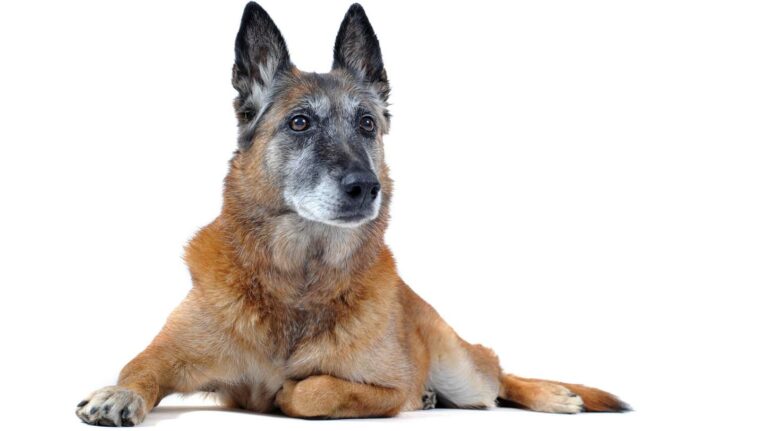New research from the Royal Veterinary College (RVC) enables owners to predict the remaining life expectancy of their dog with more accuracy than before.
The findings, from the college’s VetCompass programme and conducted in collaboration with researchers from the National Taiwan University (NTU) in Taiwan, are broken down by breed and gender and also identify breeds with the greatest and lowest life expectancies.
Using analysis from a random sample of 30,563 dogs that died between January 2016 and July 2020, from 18 different breeds and crossbreeds, the results revealed the overall average life expectancy at for UK companion dogs was 11.2 years.
Previously, life expectancy was guesstimated crudely from using only the average age of death of dogs overall or for a particular breed. However, new “life tables” – unique tools that list the remaining life expectancy and probability of death across a range of age groups in any given population – allow owners to accurately estimate the remaining average life expectancy. Whilst life expectancy decreases with age as would be expected, remaining life expectancy does not follow a linear decline with age and therefore life tables provide more accurate estimates.
The study identified Jack Russell terriers had the greatest life expectancy from age 0 at 12.7 years, followed by Border collies (12.1 years) and Springer spaniels (11.92 years). In comparison, four flat-faced (brachycephalic) breeds were found to have the shortest life expectancy with French bulldogs only expected to live 4.5 years from age 0, followed by English bulldogs at 7.4 years, pugs at 7.7 years and American bulldogs 7.8 years.
Given that breeds with shorter lives many have generally lower health, the life expectancy information in this new study can also promote a greater consideration of a dog’s expected quality of life by potential dog owners when deciding which breed to purchase, the RVC added.



